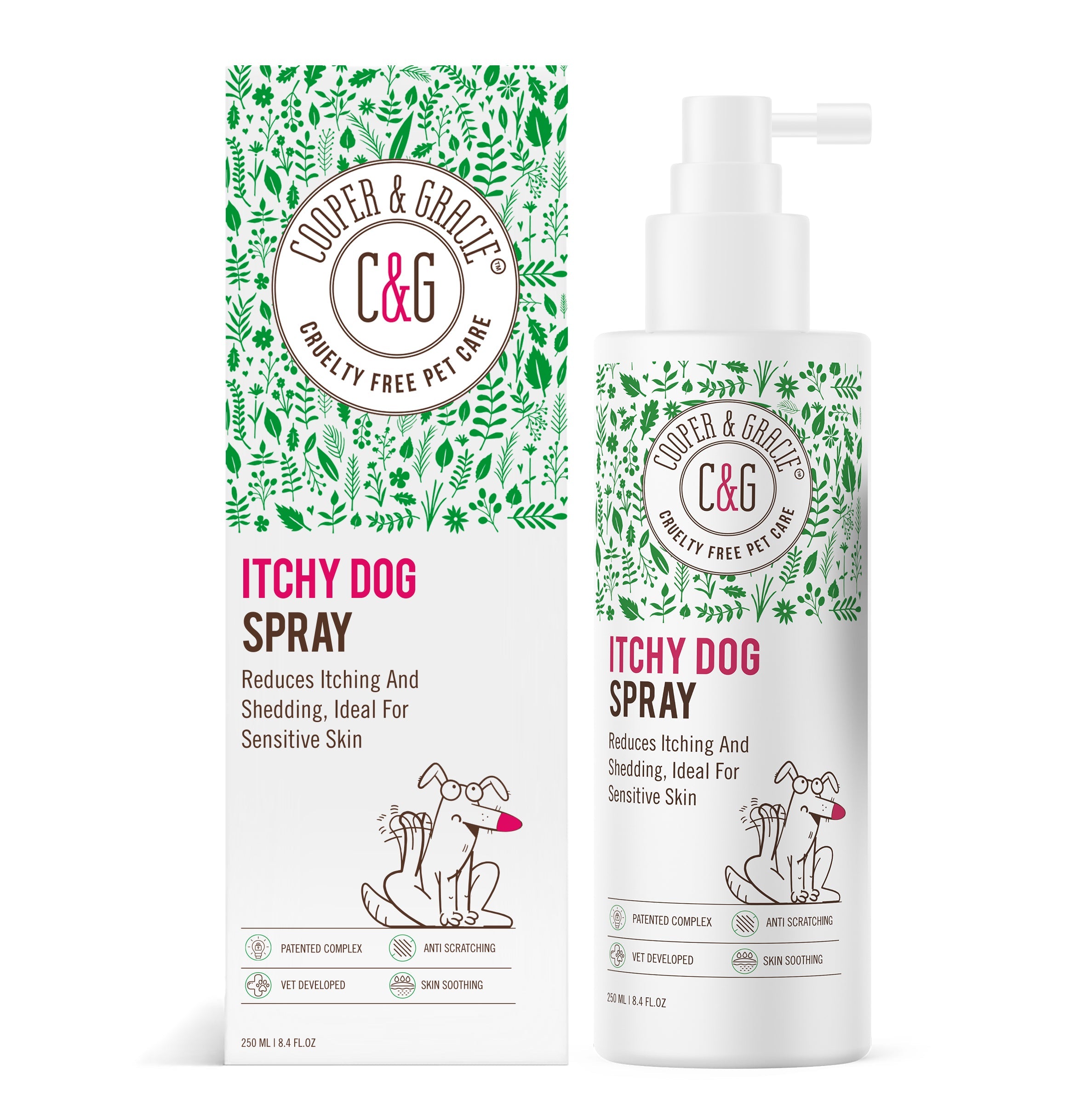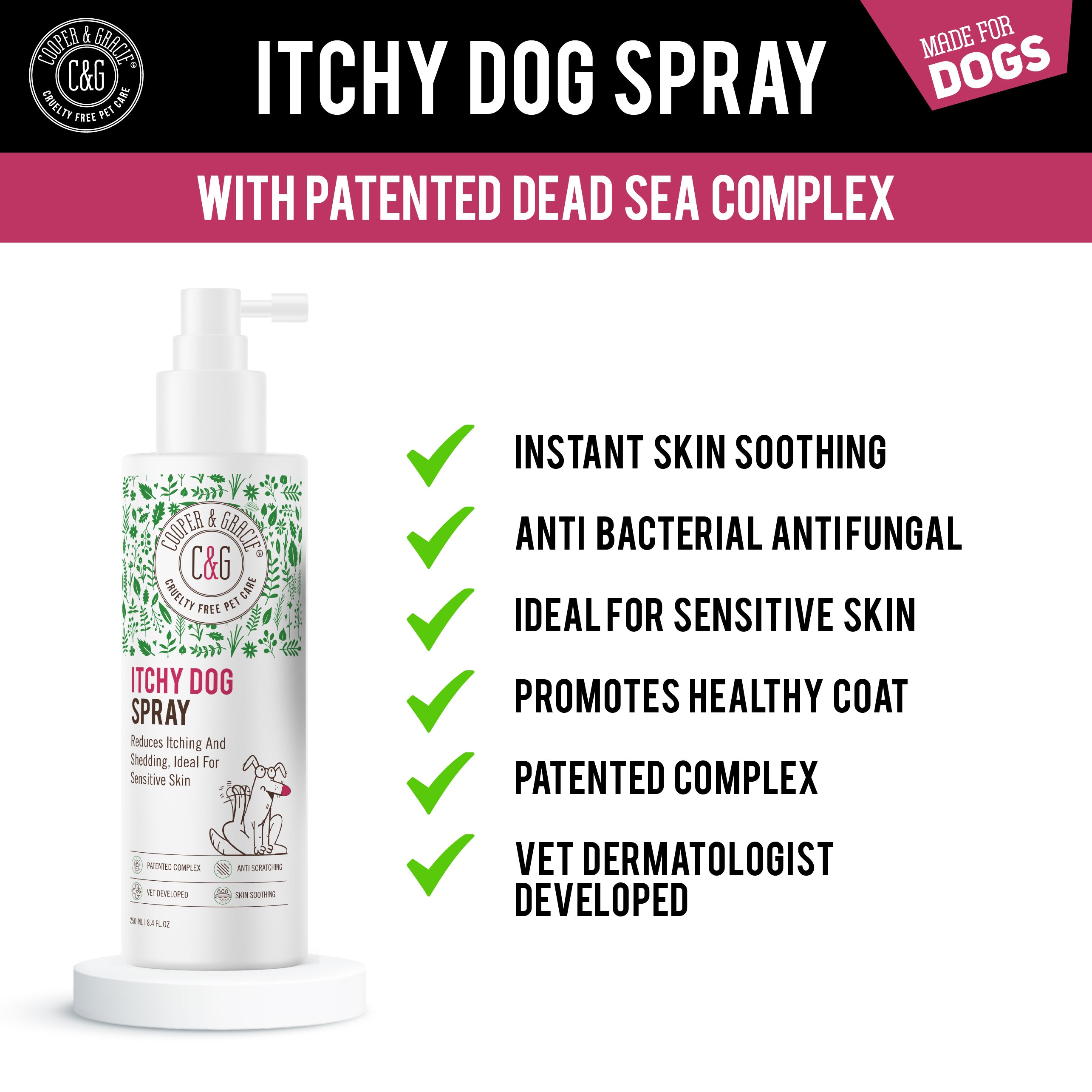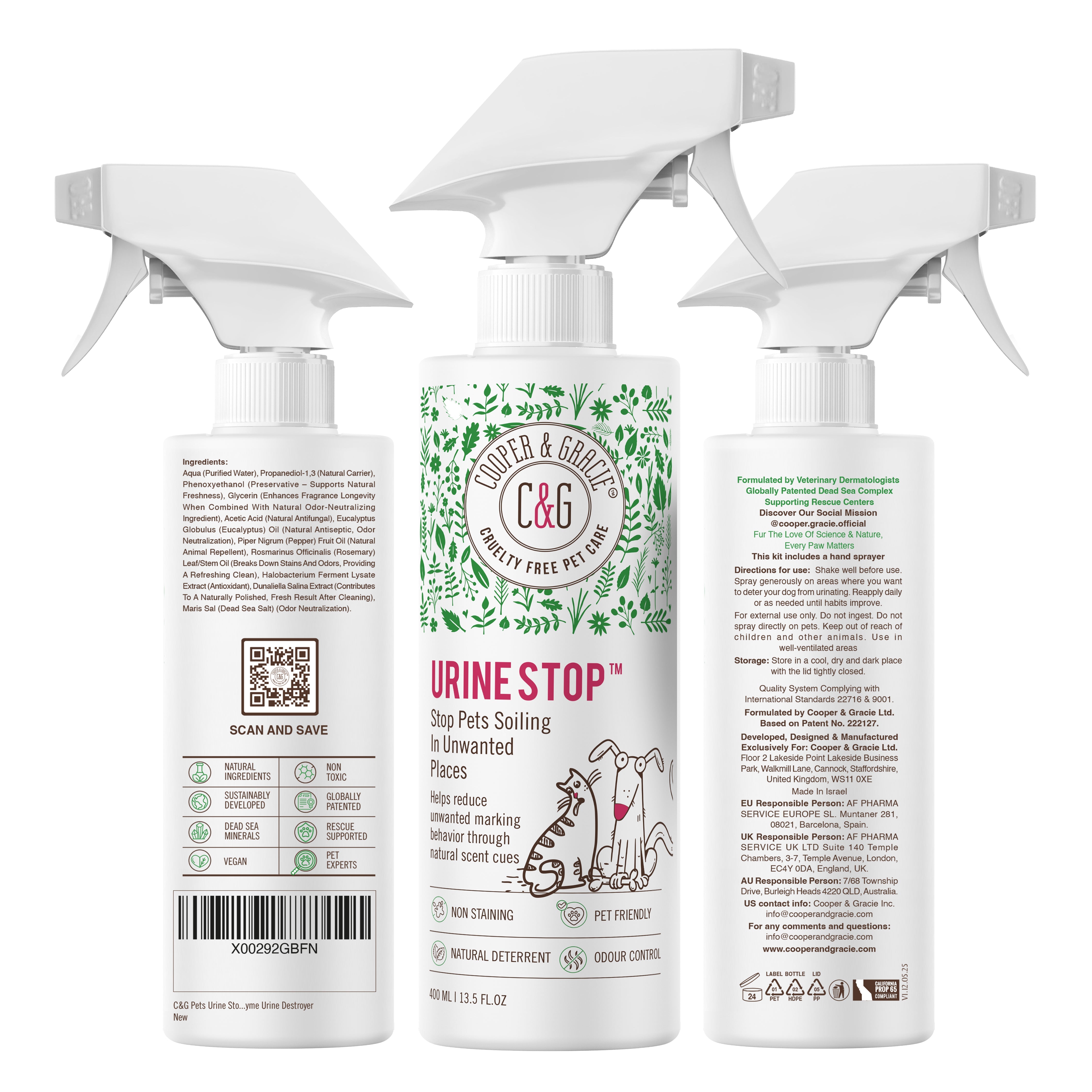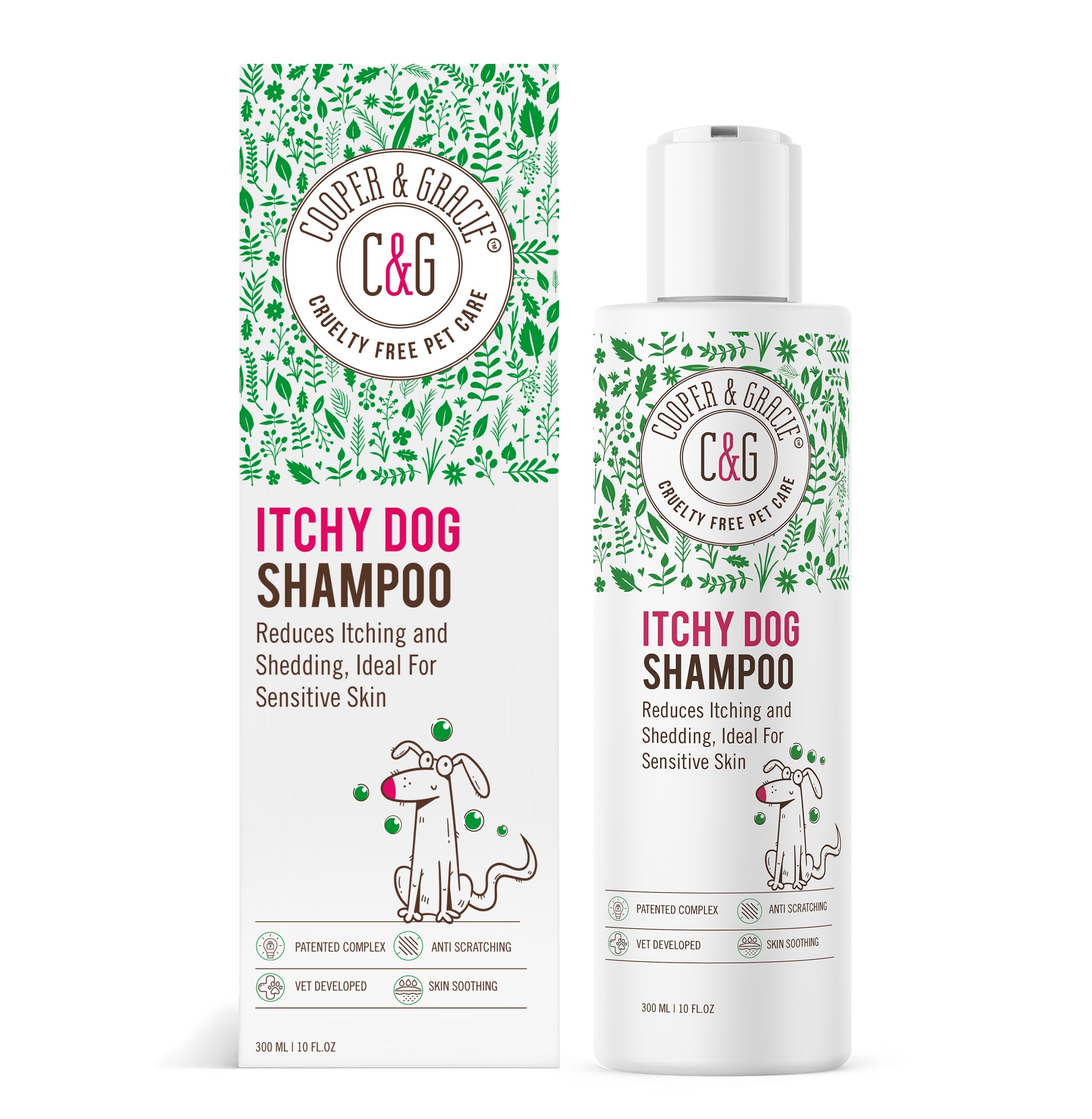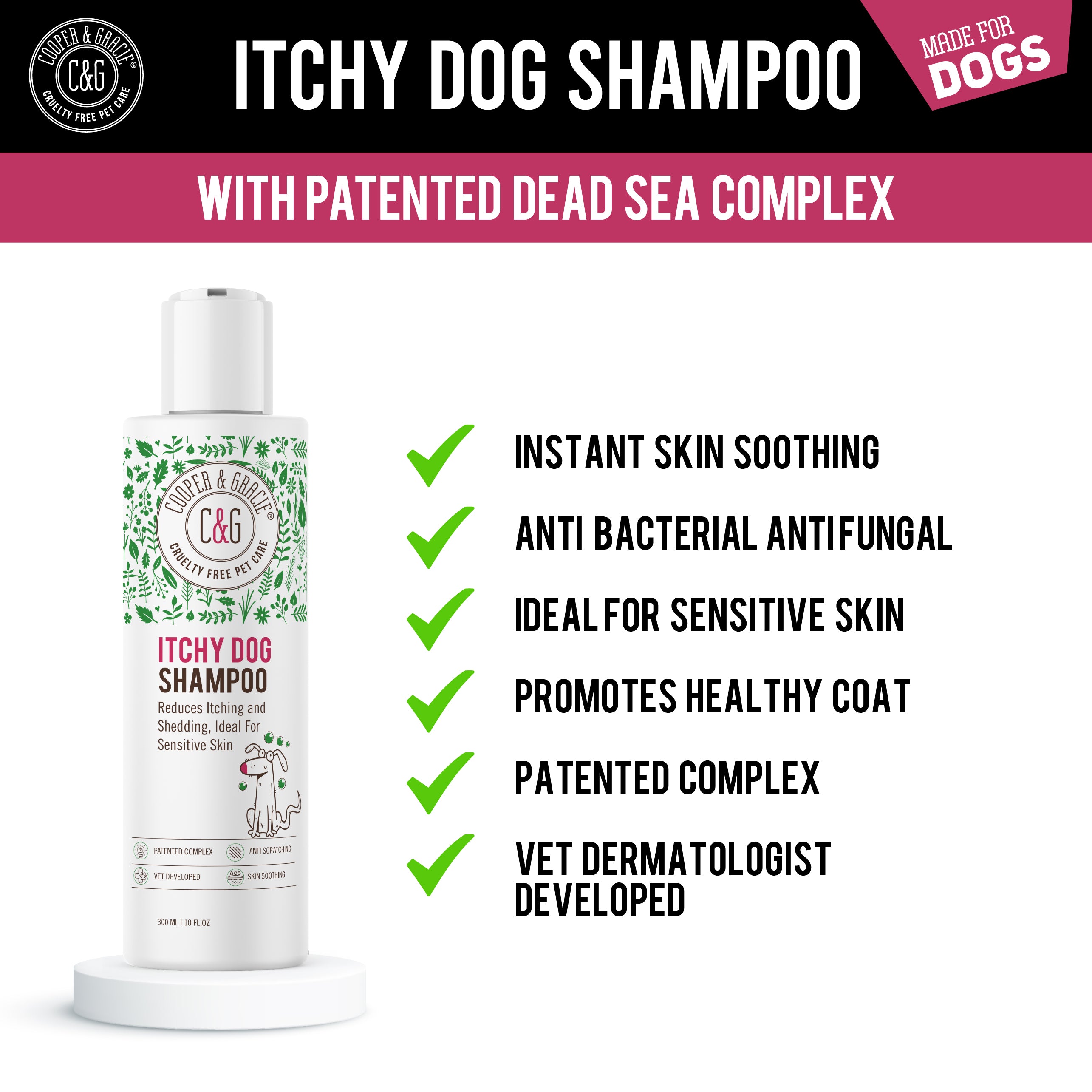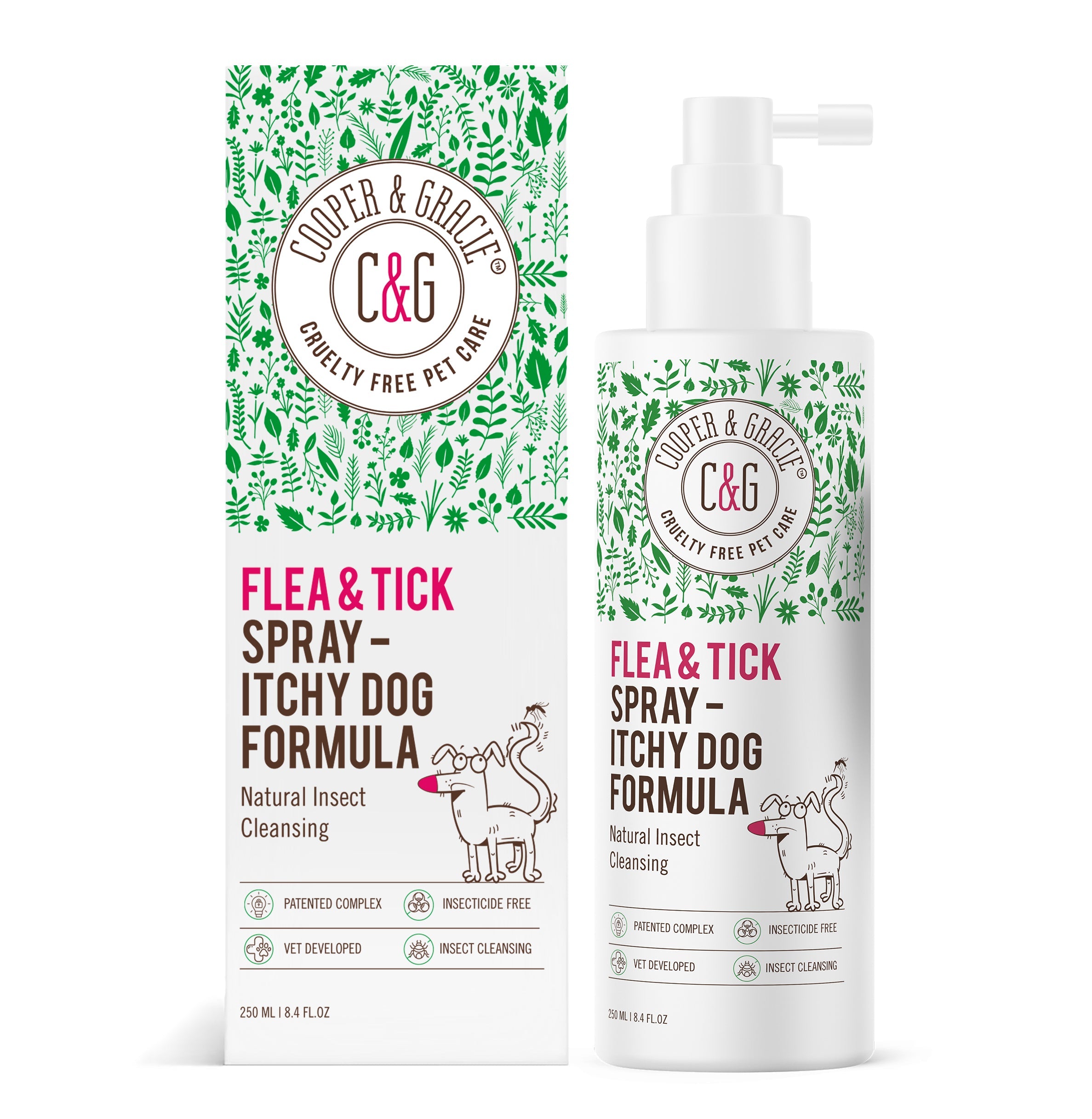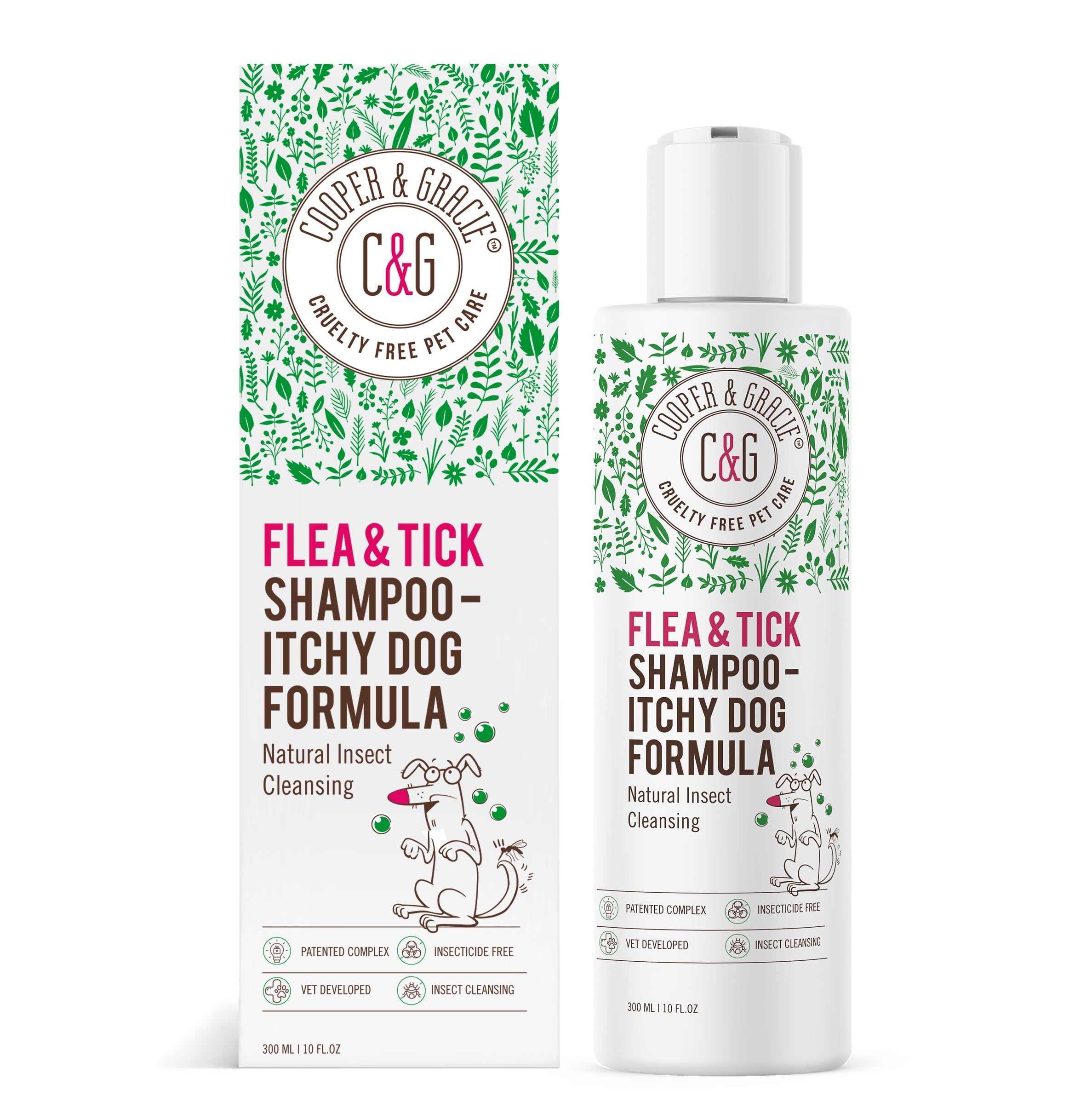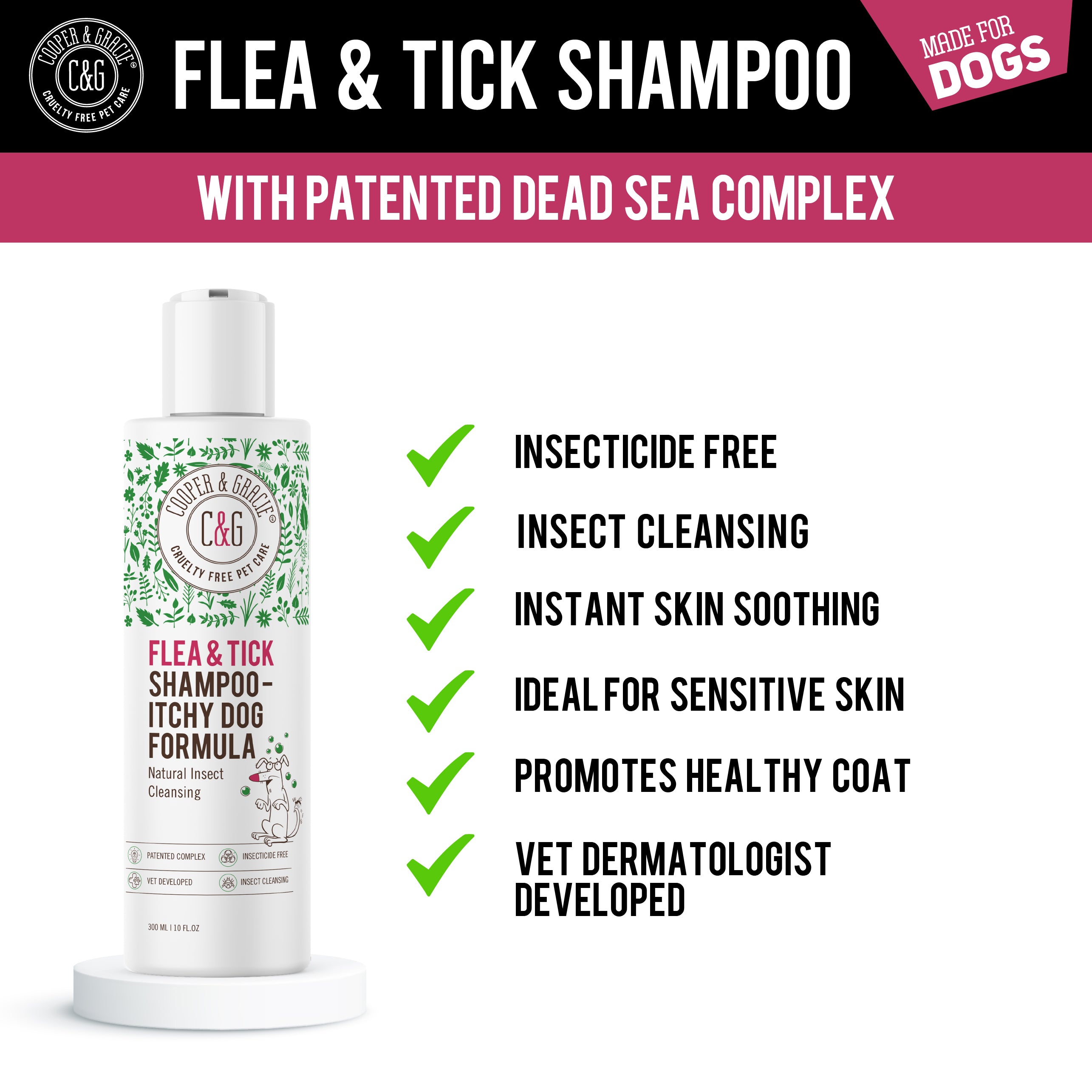Introduction
Heat stroke is a buzzword we often hear during the scorching summer months. But did you know that this life-threatening condition can affect our four-legged friends as well? Understanding heat stroke in dogs is not just crucial for veterinarians but should be common knowledge for any dog owner. So, what is it, and how can you protect your pup? Let's dive right in!
What is Heat Stroke?
Definition
Heat stroke is a condition that occurs when the body overheats, usually due to prolonged exposure to high temperatures or strenuous physical activity. In dogs, it can become life-threatening within minutes.
Differences Between Heat Exhaustion and Heat Stroke
You might be wondering, what's the difference between heat exhaustion and heat stroke? Heat exhaustion is a precursor, signalling that things are heading south. However, heat stroke is a severe medical emergency that requires immediate intervention.
Why Are Dogs Vulnerable?
Physiological Factors
Dogs aren't well-equipped to deal with extreme heat. They can't sweat like humans, making them more susceptible to overheating.
Common Scenarios
Ever heard the heart-breaking stories of dogs dying in hot cars? This is just one of the many scenarios where dogs are more vulnerable to heat stroke. Others include strenuous exercise in hot weather and lack of shade or water.
Symptoms of Heat Stroke in Dogs
Early Symptoms
Keep an eye out for excessive panting, drooling, and lethargy. These are usually the first signs of trouble.
Advanced Symptoms
In advanced stages, symptoms may escalate to vomiting, collapse, and even unconsciousness.
The above image is taken from the pdsa website.
Immediate Actions to Take
Cooling Down
The first thing to do when you suspect heat stroke is to get your dog out of the heat. Whether you're indoors or outdoors, find the coolest area available. Air-conditioned spaces are ideal, but if that's not an option, a shady spot will work temporarily. Once you're in a cooler location, take a damp towel or cloth and gently pat your dog's fur. You can also carefully pour cold water over your dog's entire body. Make sure to pay extra attention to the underarms and groin area, as these regions help regulate body temperature. Never use ice-cold water or ice packs, as this could lead to shock. Aim for a gradual cooling process to avoid causing other complications.
Hydration
Offering water is crucial, but there's a right and a wrong way to go about it. Place a bowl of cool (not ice-cold) water near your dog. Let them drink at their own pace. Do not force them to drink as this can lead to aspiration, a condition where water enters the lungs and can cause pneumonia. Again, consult your vet for the best course of action.
Veterinary Assistance
Time is of the essence in treating heat stroke. Even if your dog seems to be recovering well with the cooling down and hydration steps, a trip to the vet is non-negotiable. Heat stroke can have delayed effects that may not manifest immediately, such as kidney failure or neurological issues. A vet will typically perform a complete physical exam, run blood tests, and may also require imaging studies like X-rays or ultrasounds to assess the extent of internal damage. Treatments may include fluid therapy, oxygen support, and medication to prevent or treat seizures or shock. The earlier you get professional help, the better the prognosis for your furry friend.
Preventative Measures
Proper Hydration
Always ensure that fresh water is readily available.
Adequate Shade
When outdoors, make sure your dog has access to shaded areas.
Exercise Timing
Avoid exercising your dog during the hottest parts of the day.
Common Myths Debunked
Dogs Can't Get Heat Stroke
A common myth is that dogs are immune to heat stroke. The facts, as we've seen, tell a very different story.
Veterinary Treatments
Fluid Therapy
In severe cases, your vet may administer fluids intravenously.
Cooling Techniques
The vet might use special cooling techniques, like cool water baths.
Monitoring
Continuous monitoring is essential for a full recovery.
The Aftermath of Heat Stroke
Recovery
The recovery time varies depending on the severity of the heat stroke.
Long-Term Effects
In extreme cases, heat stroke can lead to organ failure or death, so it's very important you know how to spot the signs to avoid this horrible outcome.
How to Spread Awareness
Social Media
Use social media platforms to share valuable information about preventing heat stroke in dogs. (You can share this article to your social media accounts by clicking the share buttons at the very bottom of this article).
Conclusion
Understanding heat stroke in dogs is vital for every dog owner. From recognising the early signs to knowing the immediate actions to take, you could be the difference between life and death for your furry friend.
FAQs
-
How fast can heat stroke occur in dogs?
- Within just a few minutes in extreme conditions.
-
Is ice water safe for dogs experiencing heat stroke?
- Yes, contrary to popular belief, it's safe. But the most important thing is just to get a dog that is experiencing heat stroke some water.
-
What breeds are more susceptible to heat stroke?
- Brachycephalic breeds like Bulldogs and Pugs are more at risk.
-
Can a dog fully recover from heat stroke?
- It varies depending on the severity and the timely intervention.
-
How can I spread awareness about heat stroke in dogs?
- Social media, community events, and word of mouth are effective ways.
Don't Gamble with Your Dog's Health: Choose Cooper & Gracie Today
The stakes are too high when it comes to your furry friend's wellbeing. When combating the perils of heat stroke, you need trusted, reliable products to keep your dog safe, hydrated, and comfortable. That's exactly what Cooper & Gracie offers. From organic shampoos that help keep your dog's skin cool to natural supplements that boost overall health, we provide an array of top-quality, cruelty-free dog products. Give your dog the comfort and protection they deserve—because they're not just pets, they're family. Don't leave their health to chance. Visit Cooper & Gracie today to invest in premium care products that genuinely make a difference.
Related Posts
When is it Too Hot to Walk a Dog?
How Can I Keep My Cat Cool in Hot Weather?
How to Get Rid of Mites on Dogs

